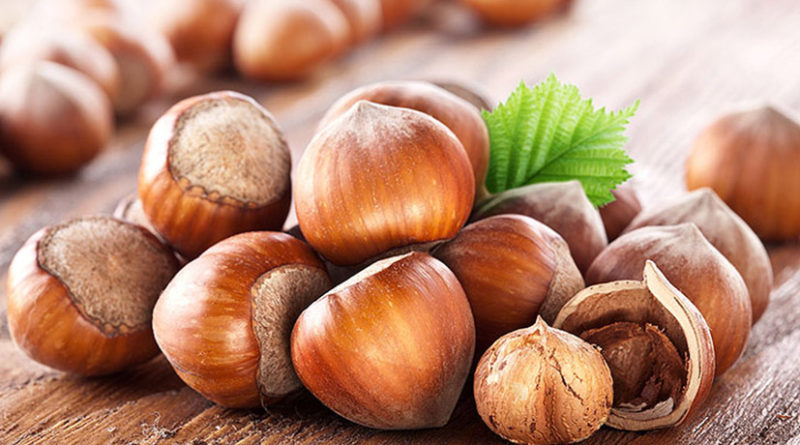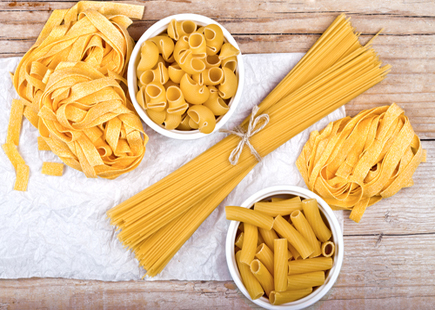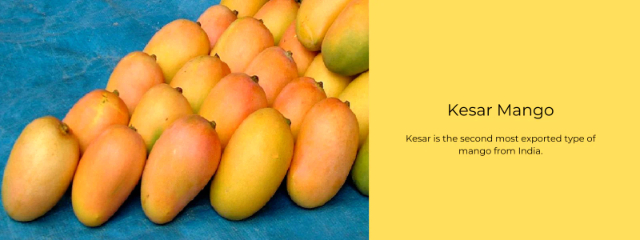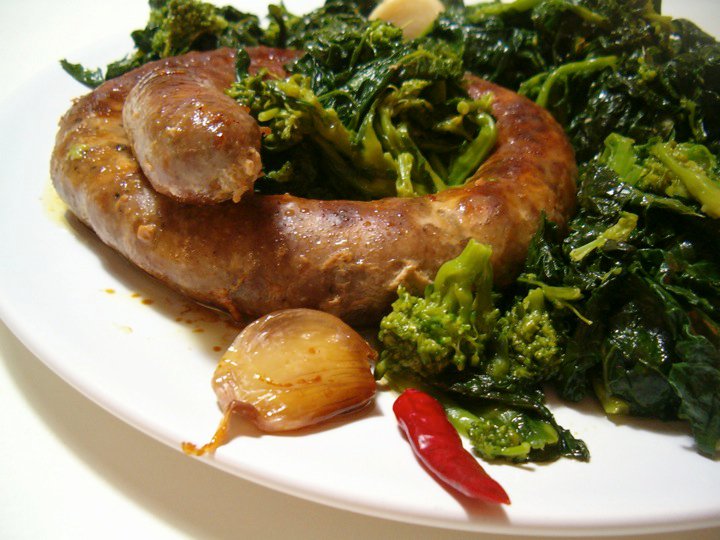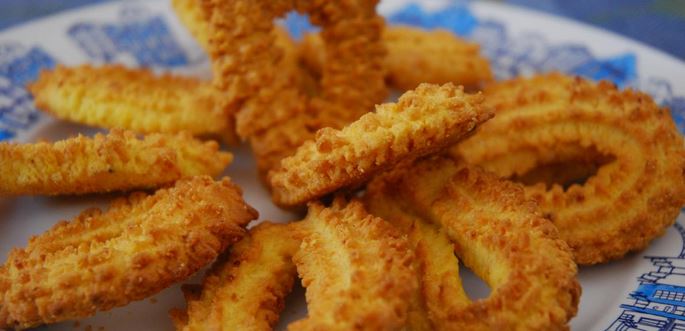Hazelnuts, or nocelle from Irpinia are often considered the best in the world. In the area in the province of Avellino, in fact, are certainly produced the best hazelnuts in Italy, to the point of constituting about one third of the entire national production. According to terredellupo.it the first hazelnut cultivations in Irpinia date back thousands of years ago since the Etruscans who settled in the area already knew its importance. Today, depending on the various types, Irpinia hazelnuts are used in the production of sweets, especially nougat, or eaten fresh directly on our tables. The Department of Agriculture of the Campania Region distinguishes three main types of hazelnuts produced mainly in Irpinia. The first is the Mortarella, characterized by a medium-small fruit, subcylindrical and laterally compressed. The shell is fairly thin while the colour is light brown with slight streaks of a more intense colour. The strong aroma that characterizes the seed makes it ideal to be roasted or used in the production of nougat. Unlike the others, Mortarella is produced in almost all the agricultural areas of Campania, being the easiest to cultivate. Much more difficult is the Camponica hazelnut, cultivated exclusively in the hilly areas of the province of Avellino. What makes it so difficult to produce is the need for high altitudes and a particular climate. The fruit has a much more circular shape, the hazelnut is called, in fact, "la Tonda". The shell is resistant and the seed is large with firm, white flesh. Particularly valuable is excellent for direct consumption, perhaps fresh: cooking it would disperse its unique flavor.
The cheapest is the San Giovanni hazelnut or Sangiovannara. It is grown mainly in the flat areas between Naples and Avellino and has an elongated and slightly compressed shape at the sides. The shell is light brown and rather thin, the seed is medium to small. It is precisely its flattened shape that makes it less in demand and, therefore, cheaper than Mortarella: the organoleptic characteristics are almost identical.
